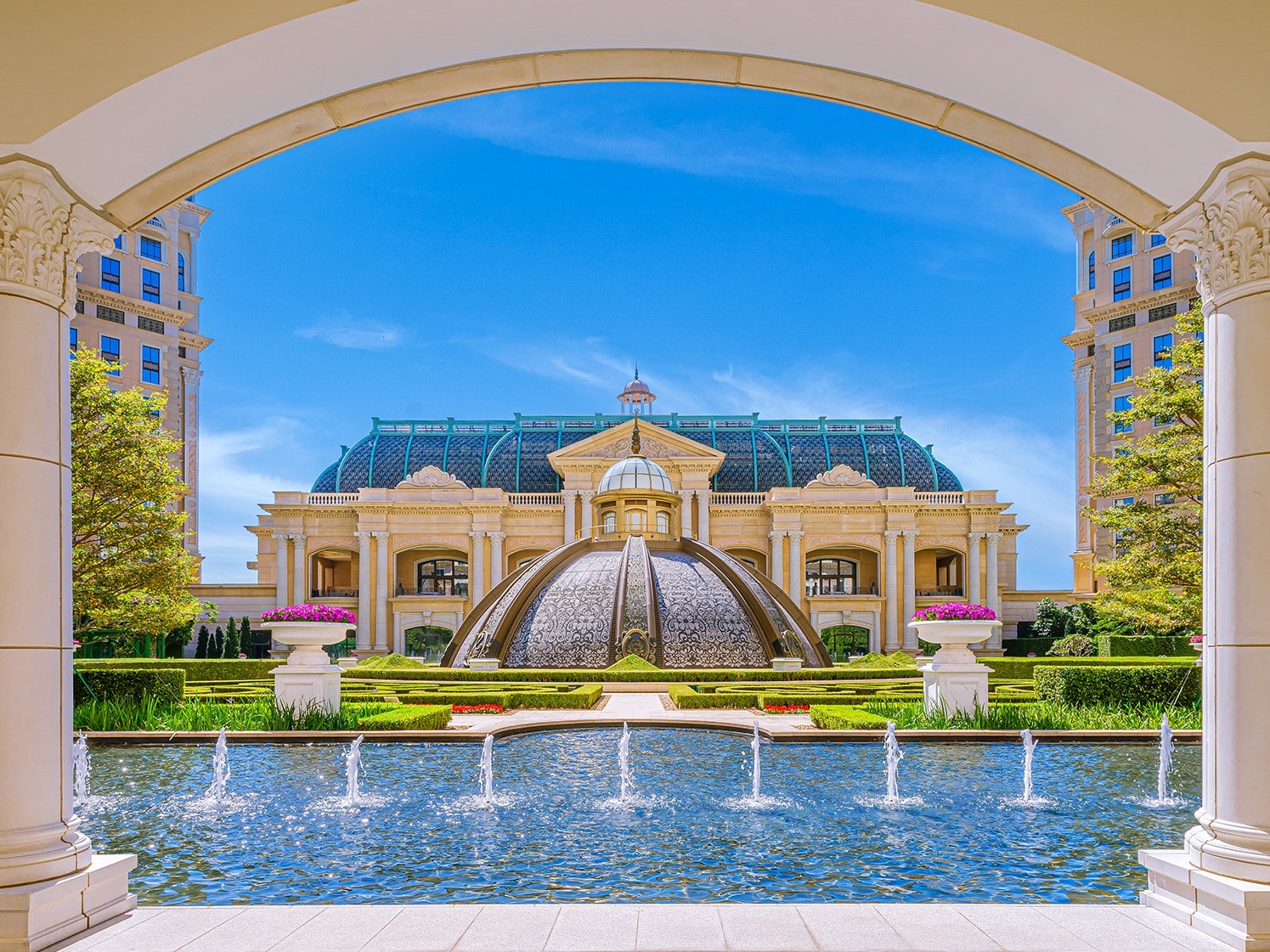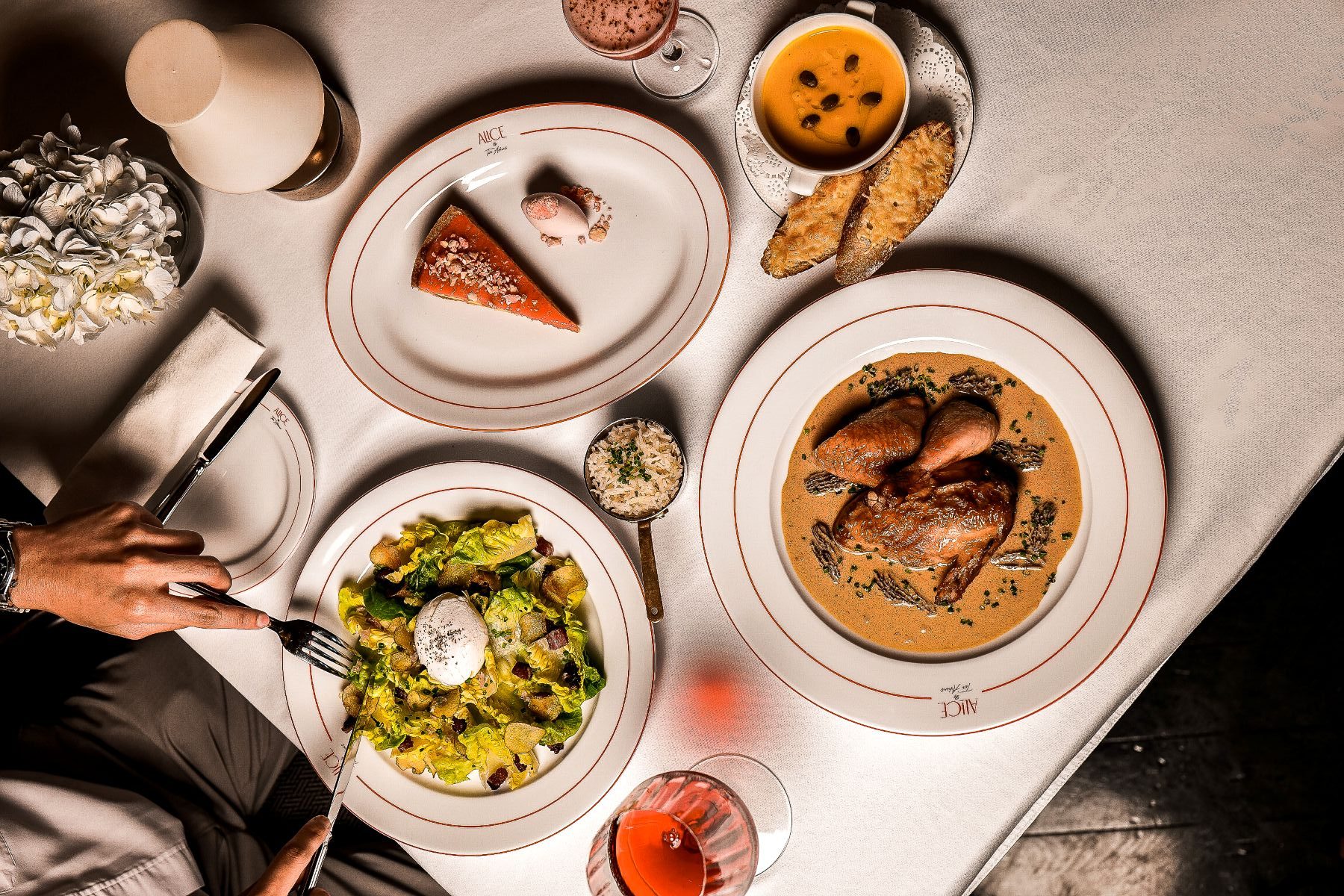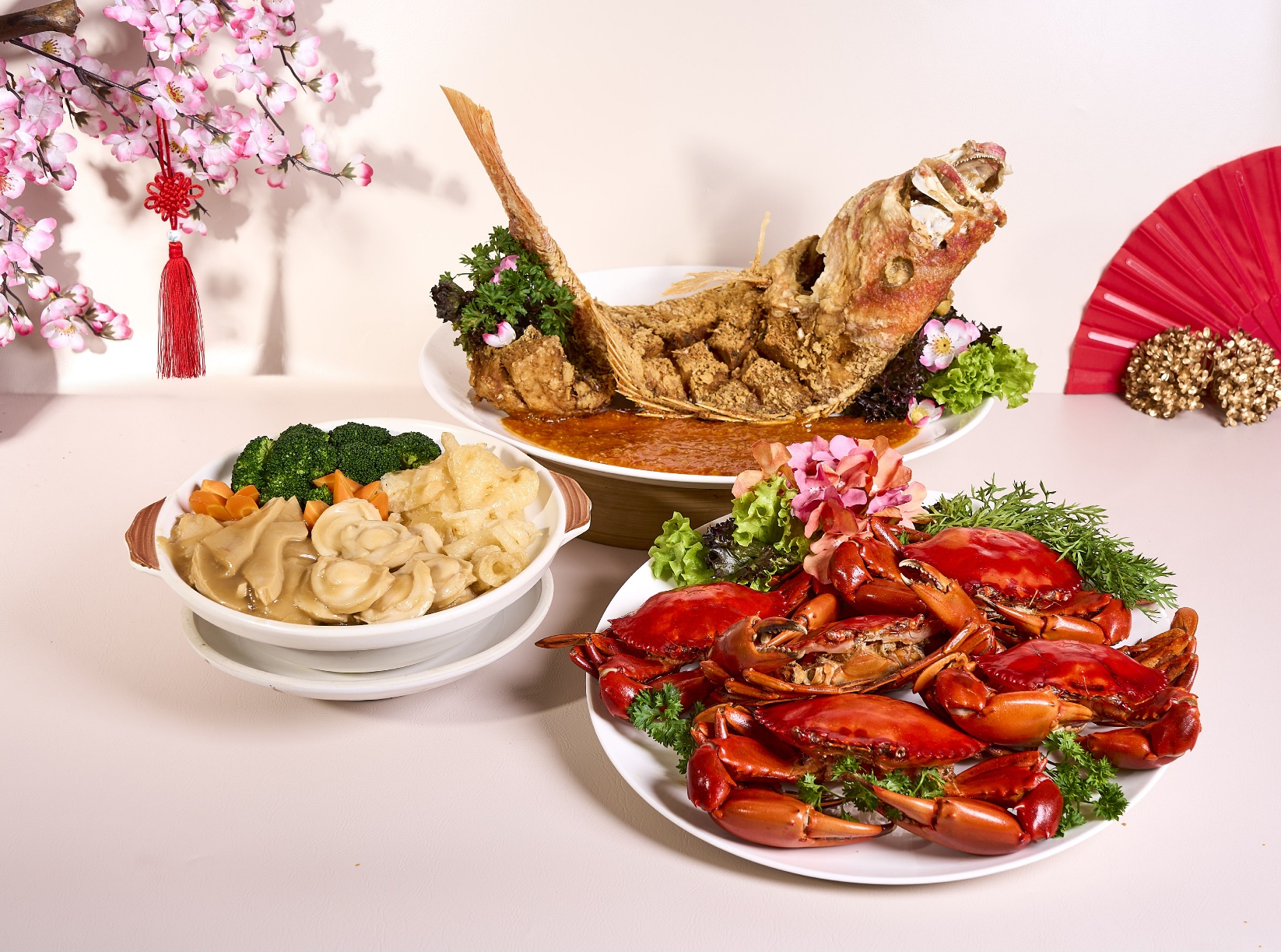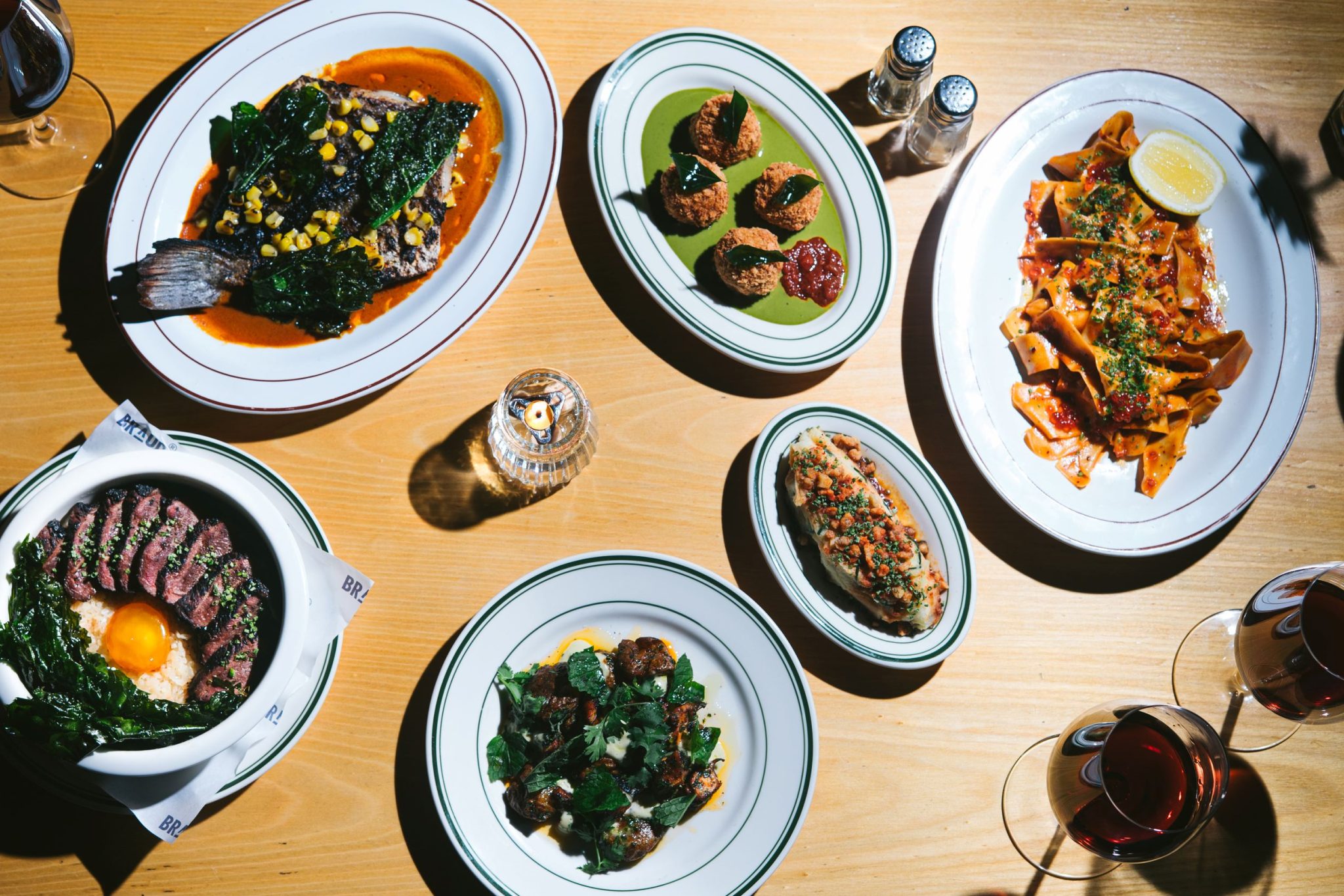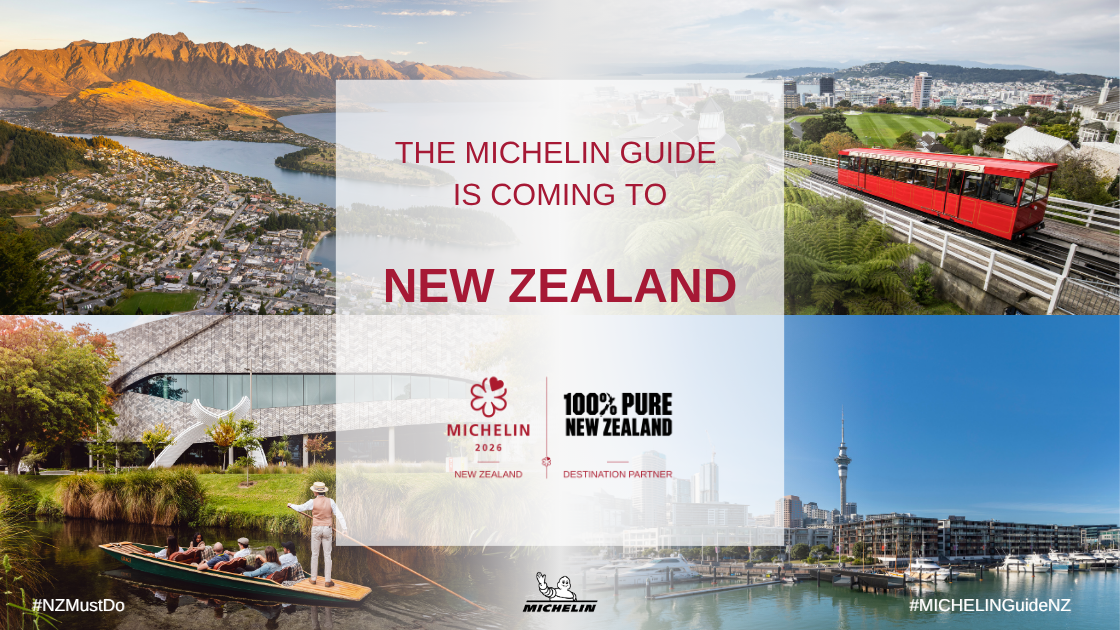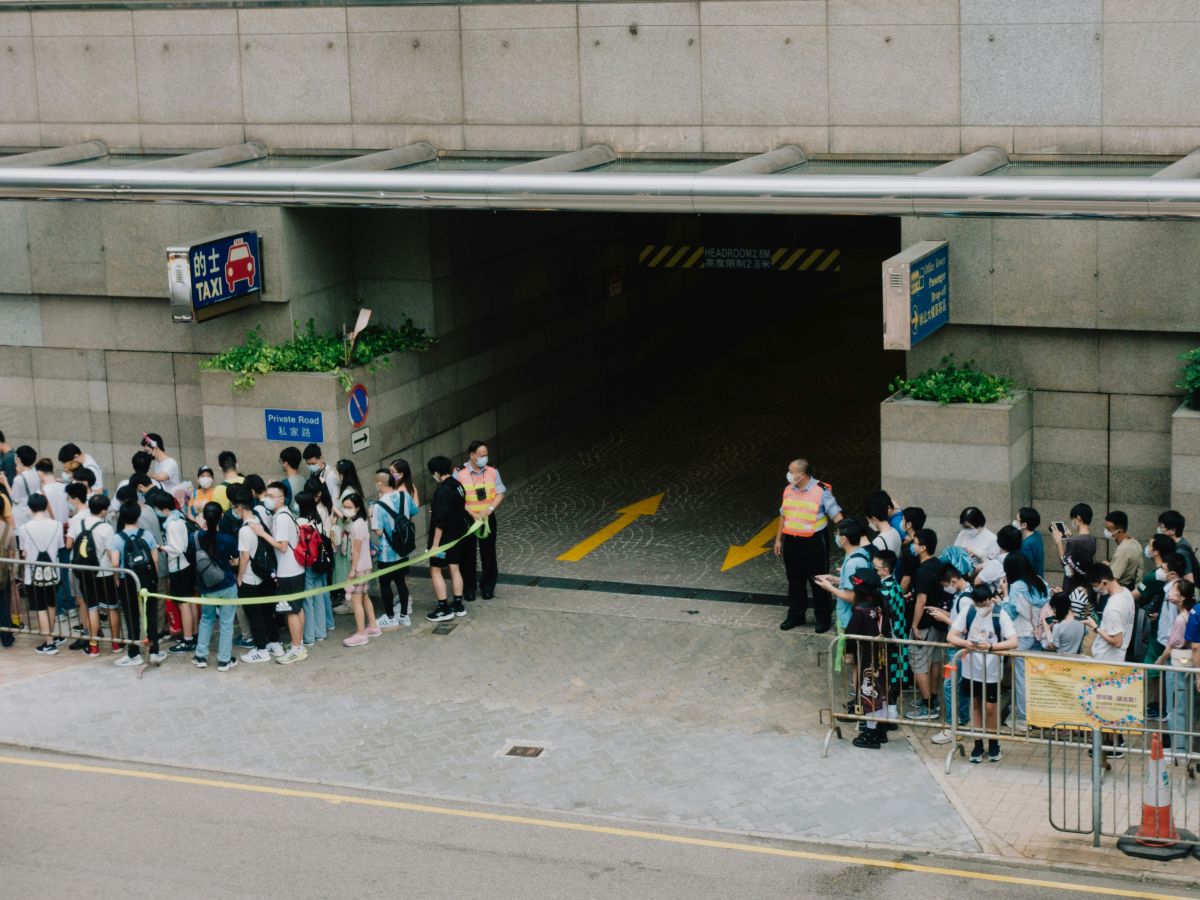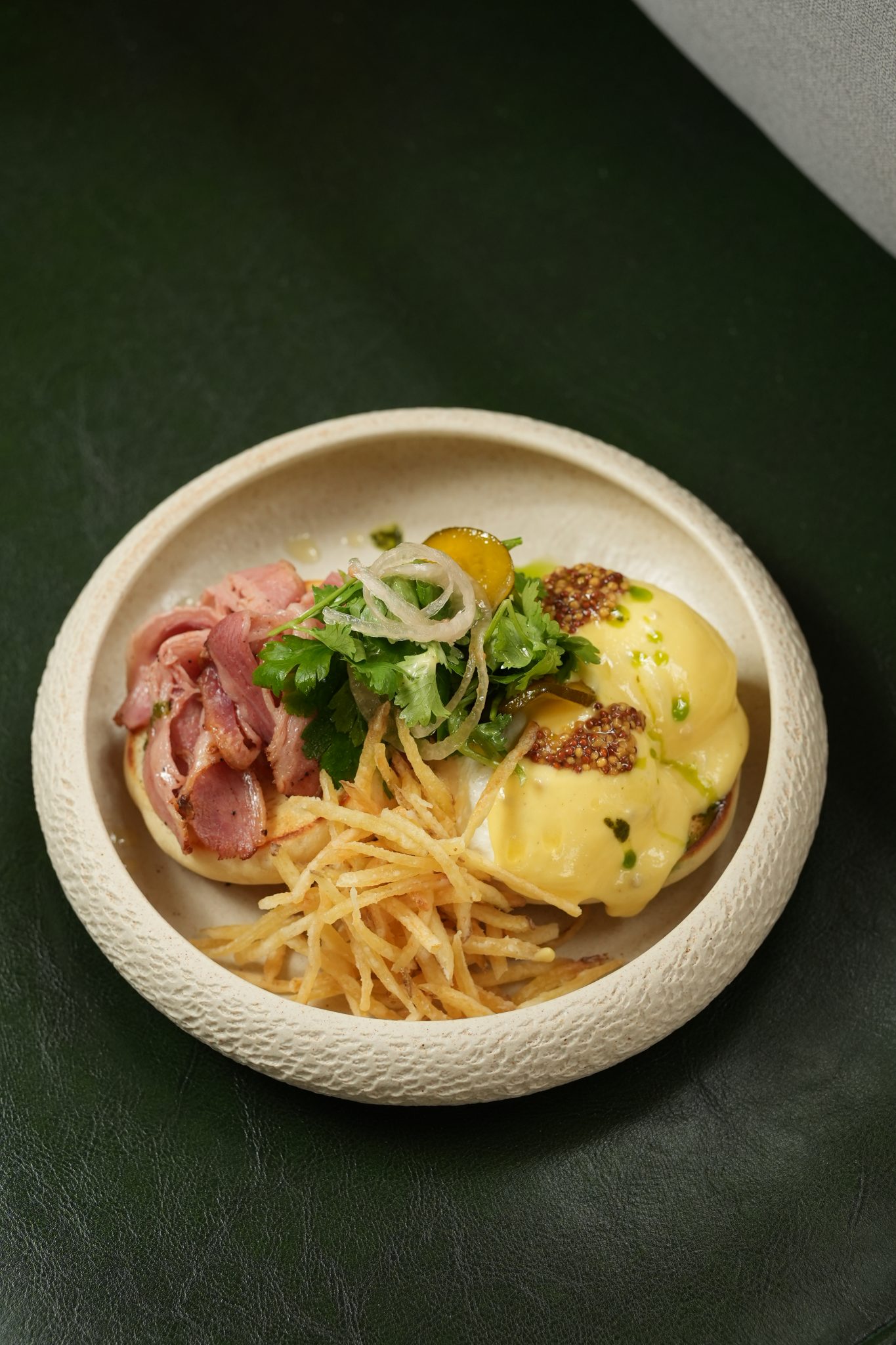From the backstreets of Taipa to the domed dining rooms of luxury hotels, Macau’s food scene captures centuries of cultural exchange in each plate. For Indonesian travellers, the city’s compact geography and layered cuisine offer a glimpse into how food becomes both memory and movement—especially in a place shaped by trade, migration, and time.
SJM Resorts, S.A. (SJM), one of the city’s longstanding hospitality groups, plays a notable role in Macau’s evolving culinary identity. Across its properties, the group brings together a range of dining concepts that speak to the city’s East-meets-West heritage—from multi-starred tasting menus to contemporary spins on traditional comfort food.
Michelin Accolades and Contemporary Dining
Macau’s reputation as a fine dining capital has gained momentum over the past two decades. Robuchon au Dôme at Grand Lisboa Macau remains the city’s culinary landmark, having held three MICHELIN stars for 17 consecutive years. The Eight, also at Grand Lisboa, brings a more playful but still precise interpretation of Cantonese cuisine, maintaining its two-star status since 2017.
More recently, Grand Lisboa Palace introduced Zuicho, a kappo-style Japanese restaurant that earned its first MICHELIN star this year. With an open kitchen and chef-led presentation, the experience is designed around interaction and technique—part performance, part precision.
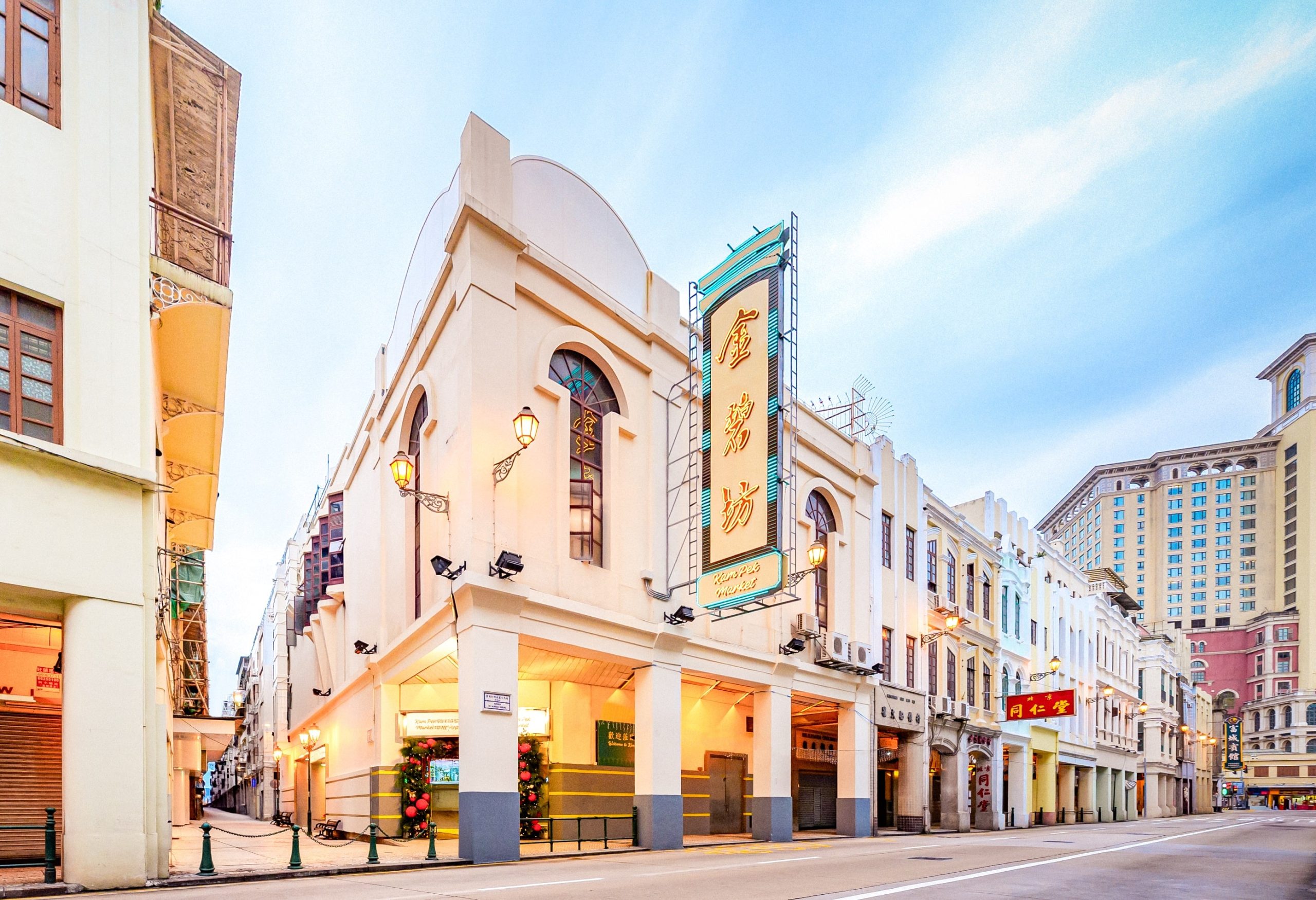
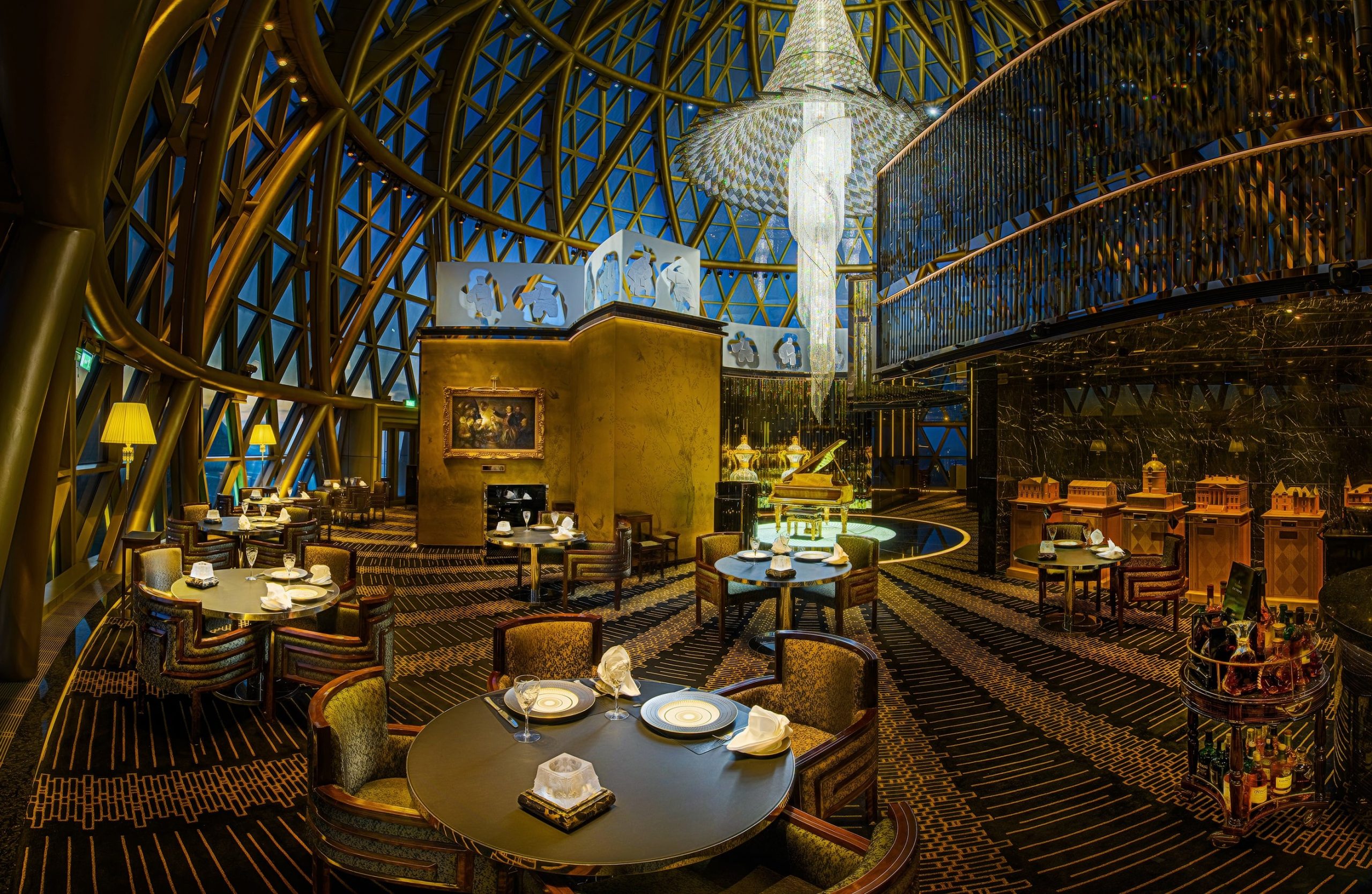
Tracing Macau’s Culinary Heritage
Long before its Michelin stars, Macau was already home to a form of fusion cuisine: Macanese food. Rooted in Portuguese colonisation and centuries of cross-cultural trade, it blends southern Chinese ingredients with European methods and flavours. At Lisboa Bistrô, traditional favourites like bacalhau and African chicken are served in a casual setting that reflects this legacy.
Mesa by José Avillez, on the other hand, leans into Portugal’s modern culinary wave. The Lisbon-born chef brings his approach to Macau by reinterpreting signature Portuguese dishes using contemporary techniques and local produce. The result is a dining experience that bridges geography and time.
Street-Level Stories and Everyday Plates
Despite its high-end accolades, much of Macau’s charm lies in its street food and neighbourhood dining culture. The Kam Pek Community Centre, housed in a restored three-storey building, blends heritage architecture with a communal food court concept. Diners can sample regional staples like wonton noodles and handmade dim sum, or explore Thai, Taiwanese, and Portuguese dishes in one stop.
These food halls—part market, part meeting place—offer a look at how food remains a living, evolving part of the city.

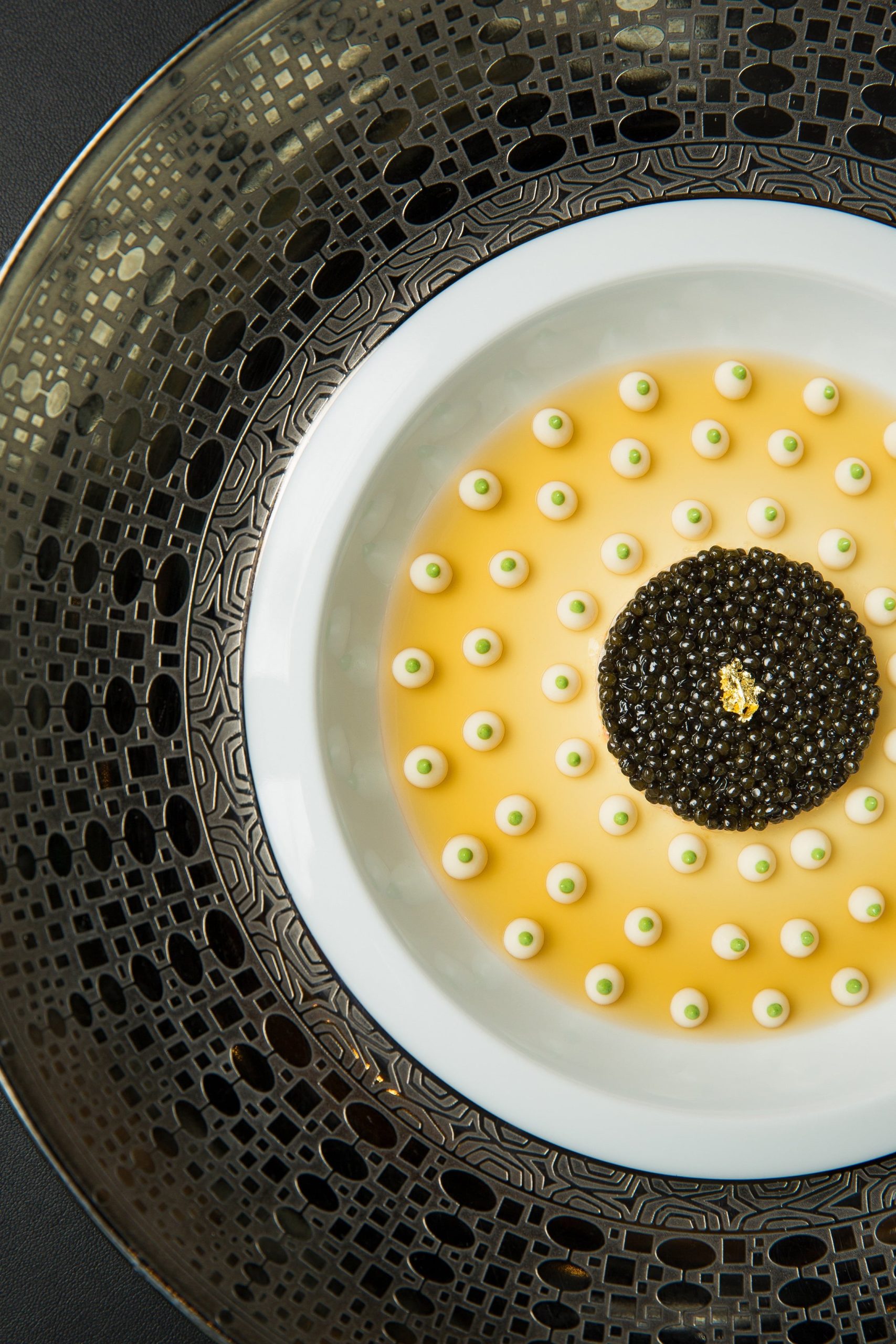
A Short Flight, a Dense Itinerary
For Indonesian visitors, especially those flying in from Jakarta, Macau’s scale makes it ideal for a short but layered trip. Days can start with congee and end with a tasting menu. Along the way, hidden favourites in Taipa Village or snacks from a market stall round out the experience.
There’s no single way to ‘eat Macau,’ and that’s part of the appeal. The food here mirrors the city’s history—messy, multilingual, and always in motion.
